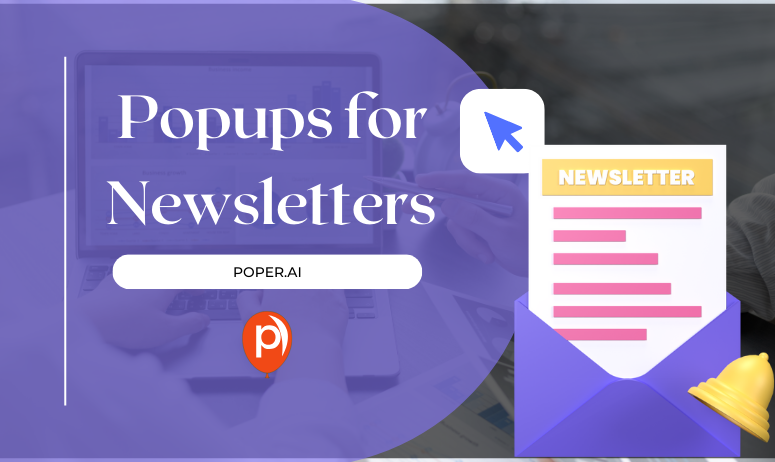The money is in the list.
In the realm of digital marketing, the significance of building and maintaining a robust email list cannot be overstated. Newsletter popups are a powerful tool to help achieve this goal by encouraging visitors to subscribe to your email list. These popups are designed to capture the attention of website visitors and prompt them to take action, significantly increasing your subscription rates and enhancing your overall marketing strategy.
Newsletter popups are small, strategically placed windows that appear on a website, inviting visitors to subscribe to the site's email newsletter. These popups can appear at different times, such as when a visitor lands on a page, scrolls down, or intends to leave the site. The main goal is to capture the visitor's email address and add it to your mailing list.
Understanding Newsletter Popups
What are Newsletter Popups?
Newsletter popups are interactive elements that appear on a website to prompt visitors to sign up for an email newsletter. These popups can take various forms, such as lightbox popups, slide-ins, or floating bars, and are designed to capture the visitor's email address.
Why Use Newsletter Popups?
The primary reason to use newsletter popups is their proven effectiveness in increasing email subscriptions. Unlike static signup forms that can easily be overlooked, popups grab the visitor's attention and encourage immediate action. Here are some key reasons why newsletter popups are beneficial:
Visibility: Popups are hard to miss, ensuring that your signup call-to-action is seen by more visitors.
Engagement: Interactive popups engage visitors and prompt them to make quick decisions.
Conversion: Popups typically have higher conversion rates compared to other types of signup forms.
Types of Newsletter Popups
There are several types of newsletter popups, each serving different purposes and fitting various contexts:
Lightbox Popups: These popups center on the screen and dim the background, focusing the visitor's attention on the signup form.
Slide-In Popups: These appear from the side or bottom of the screen, offering a less intrusive option while still catching the visitor's eye.
Floating Bar Popups: These fixed bars appear at the top or bottom of the screen and remain in view as the visitor scrolls.
Exit-Intent Popups: These are triggered when a visitor is about to leave the site, providing a last opportunity to capture their email.
5 Benefits of Using Newsletter Popups

1. Increased Subscriber Rates
One of the most significant benefits of using newsletter popups is the dramatic increase in subscriber rates. Popups are designed to be highly visible and engaging, making them effective at capturing visitors' attention and encouraging them to subscribe.
2. Enhanced User Engagement
Engagement is crucial in digital marketing. Popups that offer valuable content, incentives, or discounts can entice visitors to engage more deeply with your brand. This interaction can lead to increased loyalty and a stronger connection with your audience.
3. Better Conversion Rates
Popups are not just about collecting email addresses. They are powerful tools for improving conversion rates. By presenting a clear and compelling call-to-action, popups can convert visitors into subscribers and customers more effectively than static forms.
4. Improved Brand Awareness
Regularly sending newsletters keeps your brand in front of your audience, enhancing brand awareness. Popups help you build a substantial email list, ensuring that your messages reach a wider audience consistently.
5. Targeted Marketing Opportunities
Segmentation is key to successful email marketing. Newsletter popups allow you to collect specific information about your subscribers, enabling you to segment your list and send targeted, personalized campaigns that resonate with different audience segments.
5 Key Features of Effective Newsletter Popups

1. Visual Appeal
An effective newsletter popup must be visually appealing. A well-designed popup catches the visitor's eye and encourages engagement. Use attractive colors, fonts, and images to make your popup stand out.
2. Compelling Copy
The text on your popup needs to be clear, concise, and compelling. Write headlines that grab attention and messages that convey the value of subscribing. Highlight benefits and incentives to encourage signups.
3. Strong Call-to-Action (CTA)
A strong CTA is essential for a successful popup. Use action-oriented language and make your CTA button stand out. Ensure that it clearly tells the visitor what to do next, such as "Subscribe Now" or "Get Your Free Guide".
4. Mobile Responsiveness
With more users accessing websites on mobile devices, it's crucial that your popups are mobile-friendly. Ensure that your popup looks and works well on all screen sizes and devices.
5. Personalization Options
Personalized popups are more effective at converting visitors. Use data to customize your popups for different audience segments. Include personalization options such as greeting users by name or tailoring content based on their interests.
Placement and Timing Strategies
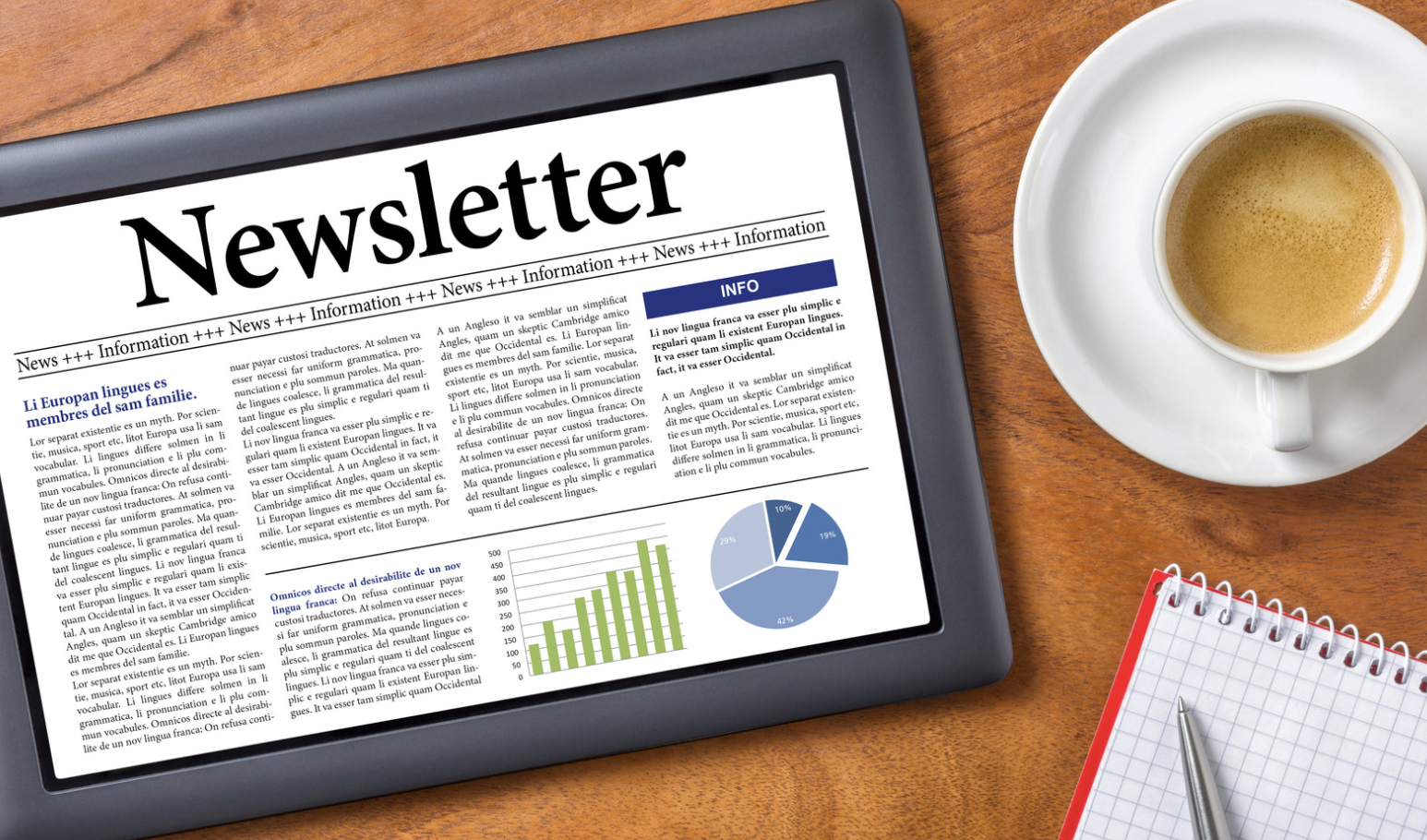
Effective placement and timing are crucial for the success of your newsletter popups. Strategic placement ensures maximum visibility, while optimal timing enhances user experience and increases conversion rates.
Optimal Placement for Maximum Visibility
Positioning your popups in the right location can significantly impact their effectiveness. Here are some recommended placements:
Center of the Screen: Highly visible and grabs immediate attention.
Top or Bottom Bar: Persistent and less intrusive, staying in view as users scroll.
Slide-In from the Side: Draws attention without disrupting the user experience.
Embedded in Content: Seamlessly integrated within the page content, appearing as part of the natural flow.
Best Times to Display Newsletter Popups
Timing is everything when it comes to popups. Displaying your popups at the right moment can make a big difference. Consider these timing strategies:
On Page Load: Captures attention immediately, but can be seen as intrusive if overused.
After a Few Seconds: Gives visitors a moment to engage with the content before being prompted to subscribe.
On Scroll: Displays the popup after the visitor scrolls a certain percentage of the page, indicating interest.
Exit-Intent: Triggers the popup when the user is about to leave the site, providing a last chance to capture their email.
Frequency of Display
Balancing the frequency of your popups is essential to avoid annoying your visitors. Some best practices include:
Once per Session: Ensures visitors see the popup without feeling overwhelmed.
After a Set Number of Visits: Targets returning visitors who have shown interest but haven’t subscribed yet.
Based on User Behavior: Adjust the frequency based on how users interact with your site.
Best Practices for Newsletter Popups
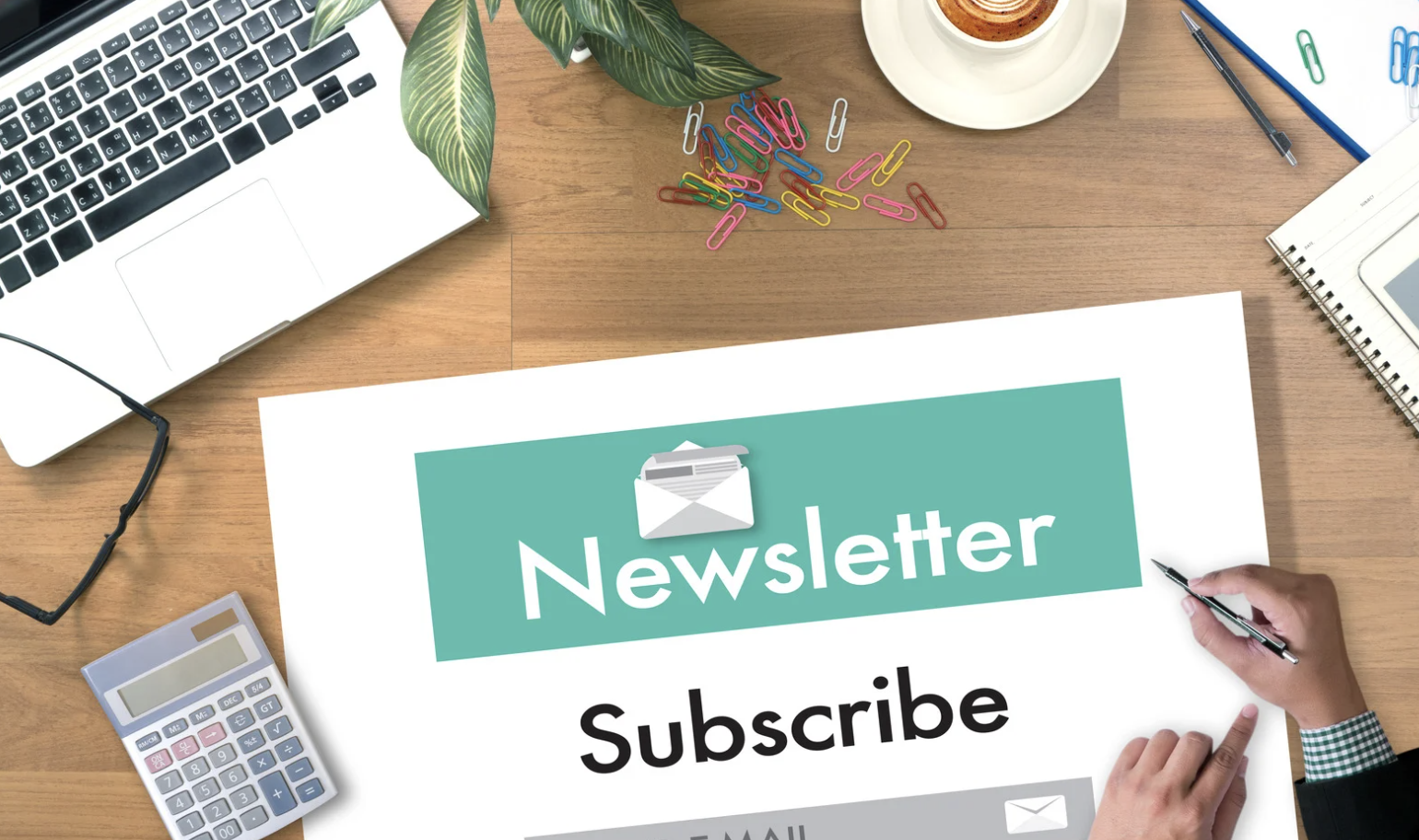
To ensure your newsletter popups are effective and well-received, it's essential to follow best practices. These guidelines help you create popups that are engaging, user-friendly, and aligned with your marketing goals.
Keep It Simple and Clear
Simplicity is key when designing newsletter popups. A cluttered or confusing popup can deter visitors from subscribing. Here’s how to keep it simple:
Clear Headline: Use a concise and compelling headline that communicates the value of subscribing.
Minimal Text: Include only the essential information to avoid overwhelming the visitor.
Straightforward CTA: Make your call-to-action direct and easy to understand, like "Subscribe Now" or "Get Updates".
Offer Value and Incentives
Incentivizing visitors can significantly boost subscription rates. Offer something of value in exchange for their email address:
Discount Codes: Provide a discount on their next purchase.
Exclusive Content: Offer access to premium articles, eBooks, or guides.
Contests and Giveaways: Enter subscribers into a draw for a chance to win a prize.
Ensure Fast Loading Times
Popups should load quickly to avoid frustrating your visitors. Slow-loading popups can lead to higher bounce rates. Ensure your popups are optimized for performance:
Optimize Images: Use compressed images to reduce load times.
Minimal JavaScript: Keep the code lightweight to ensure quick execution.
Asynchronous Loading: Load popups asynchronously so they don’t delay the main content.
Comply with Privacy Regulations
Adhering to privacy laws is crucial for maintaining trust and avoiding legal issues. Ensure your popups comply with regulations like GDPR, CCPA, and CAN-SPAM:
Clear Consent: Explicitly ask for permission to send emails.
Privacy Policy: Provide a link to your privacy policy in the popup.
Easy Unsubscribe: Make it simple for subscribers to opt-out of your emails.
5 Common Mistakes to Avoid
Avoiding common pitfalls can help you create more effective and user-friendly newsletter popups. Here are some mistakes to watch out for:
1. Overloading with Information
Less is more when it comes to popups. Overloading your popup with too much information can overwhelm and deter visitors. Stick to the essentials:
Concise Headlines: Make your headline short and to the point.
Brief Descriptions: Limit the amount of text and focus on the key message.
Clear CTAs: Ensure your call-to-action stands out and is easy to understand.
2. Ignoring Mobile Users
Mobile traffic is significant, and ignoring mobile users can cost you potential subscribers. Ensure your popups are mobile-friendly:
Responsive Design: Use responsive templates that adapt to different screen sizes.
Touch-Friendly Elements: Make buttons and links large enough to be easily tapped.
Minimal Interference: Ensure popups don’t cover too much of the screen or hinder navigation.
3. Poor Design Choices
A well-designed popup is more likely to convert visitors. Avoid these design mistakes:
Clashing Colors: Use a color scheme that aligns with your brand and is easy on the eyes.
Hard-to-Read Fonts: Choose fonts that are legible and appropriately sized.
Lack of Contrast: Ensure there’s enough contrast between the text and background for readability.
4. Lack of Clear CTA
A strong call-to-action is crucial for conversions. Make sure your CTA:
Stands Out: Use contrasting colors and bold fonts to make it noticeable.
Is Action-Oriented: Use verbs that prompt action, such as "Subscribe", "Join", or "Get Started".
Is Placed Prominently: Position the CTA where it’s easily visible and accessible.
5. Not Testing and Optimizing
Continuous testing and optimization are key to improving popup performance. Avoid setting and forgetting your popups:
A/B Testing: Regularly test different variations to see what works best.
Monitor Performance: Use analytics tools to track key metrics and identify areas for improvement.
Iterate and Improve: Make data-driven changes to optimize your popups over time.
Creating Newsletter Popups Using Poper
Poper is a versatile tool that simplifies the creation of effective newsletter popups. Here’s a step-by-step guide to get you started, including how to add triggers and utilize audience filtering:
Getting Started with Poper
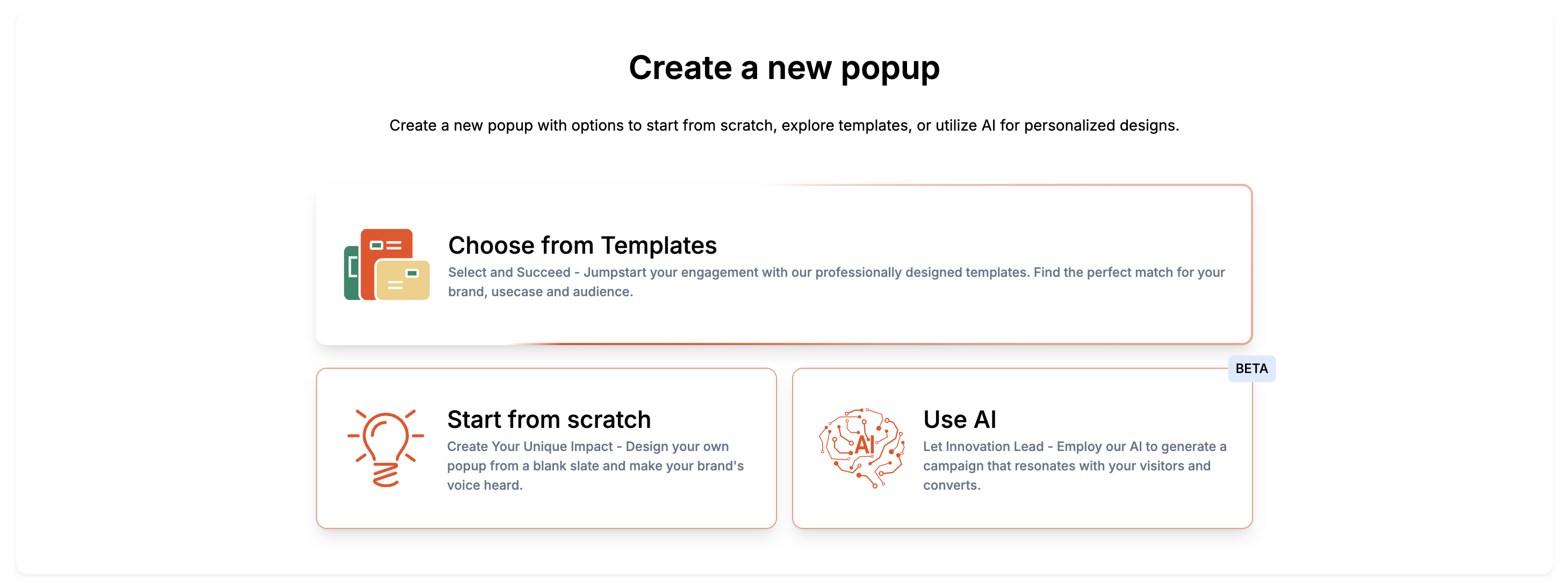
Sign Up and Log In: Create an account on Poper and log in to access the dashboard.
Selecting and Customizing a Template
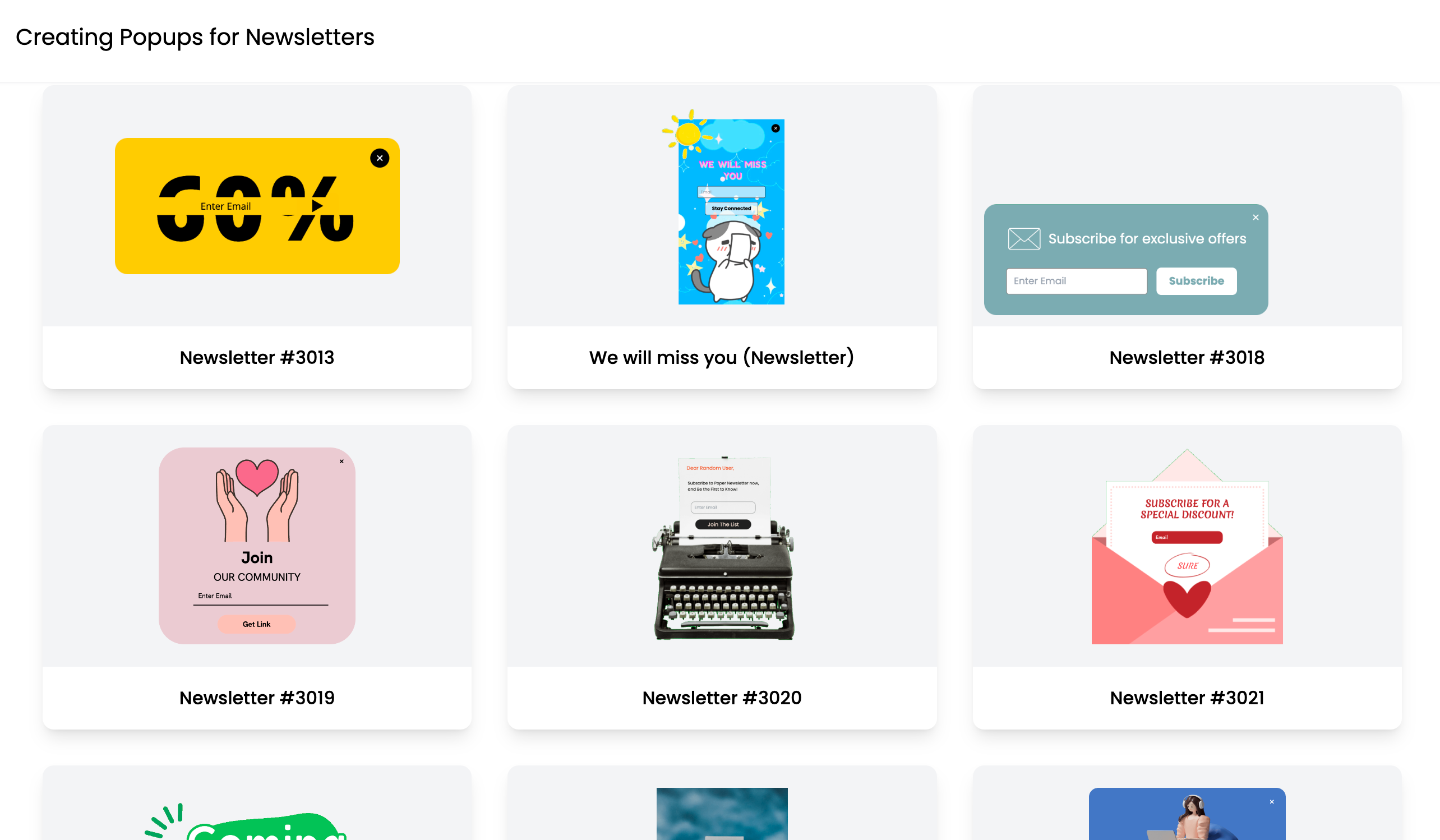
Template Selection: Browse through Poper’s library and choose a template that fits your brand and campaign goals.
Customize Design: Use Poper’s drag-and-drop editor to customize the design, including colors, fonts, and images.
Adding Fields for Newsletter Signup
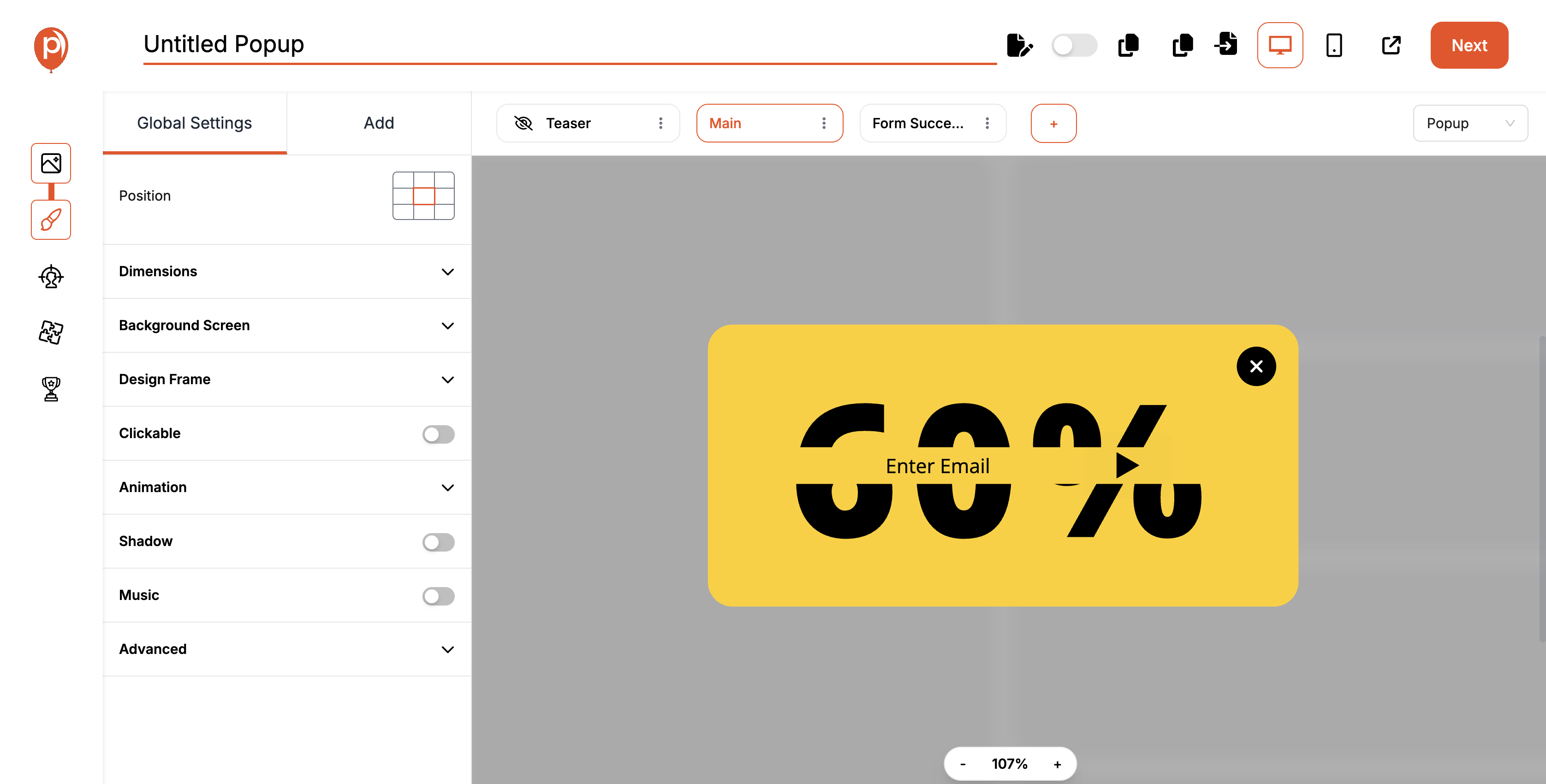
Add Input Fields: Include fields for the visitor’s email address and any other necessary information.
Optimize Form Length: Keep the form short and simple to increase completion rates.
Adding Triggers
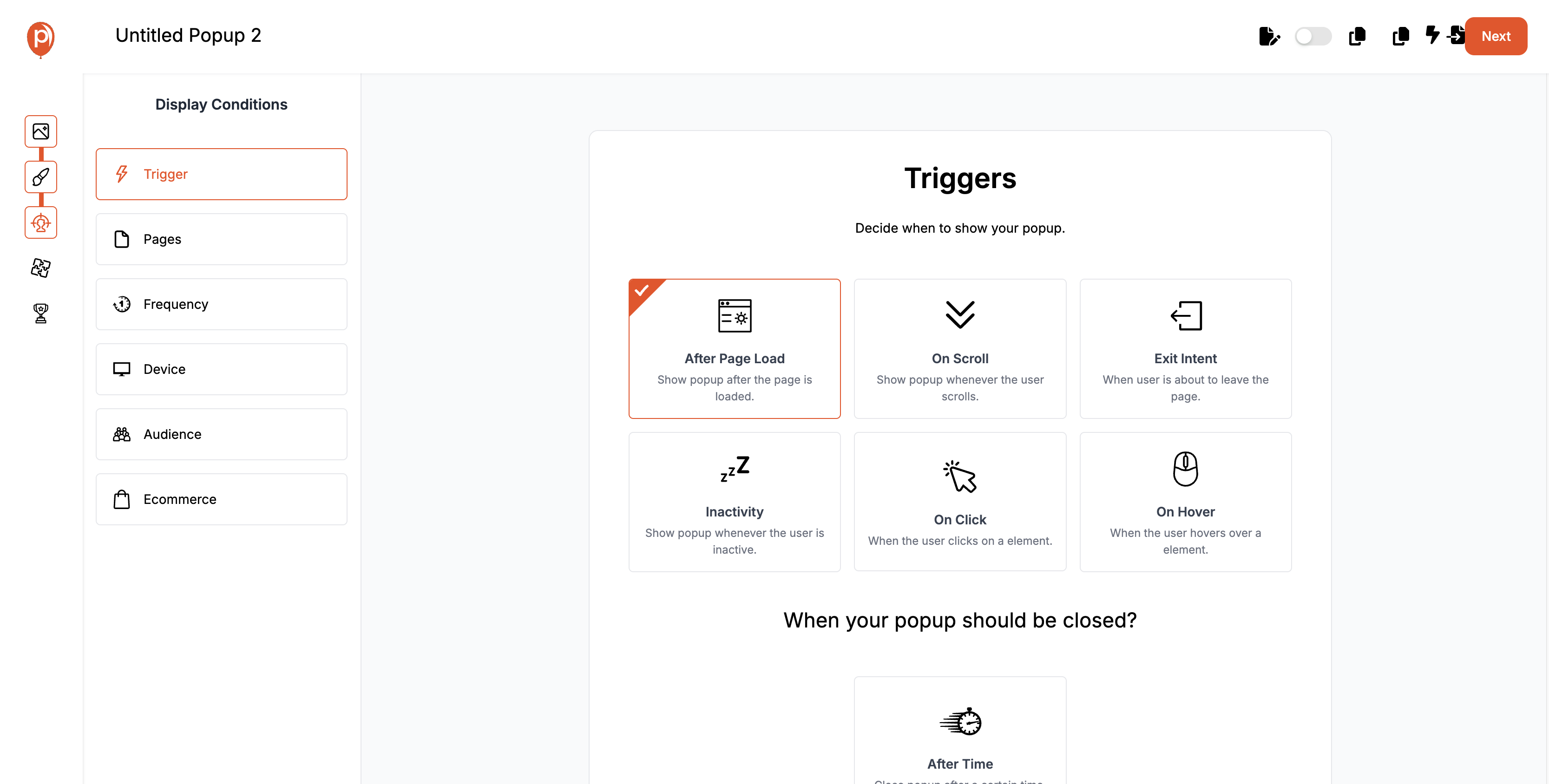
Set Display Rules: Determine when your popup should appear based on user actions or timing. Options include:
On Page Load: Display the popup as soon as the page loads.
After X Seconds: Show the popup after the visitor has been on the page for a specified time.
On Scroll: Trigger the popup when the visitor scrolls a certain percentage of the page.
Exit-Intent: Display the popup when the visitor is about to leave the site.
Audience Filtering
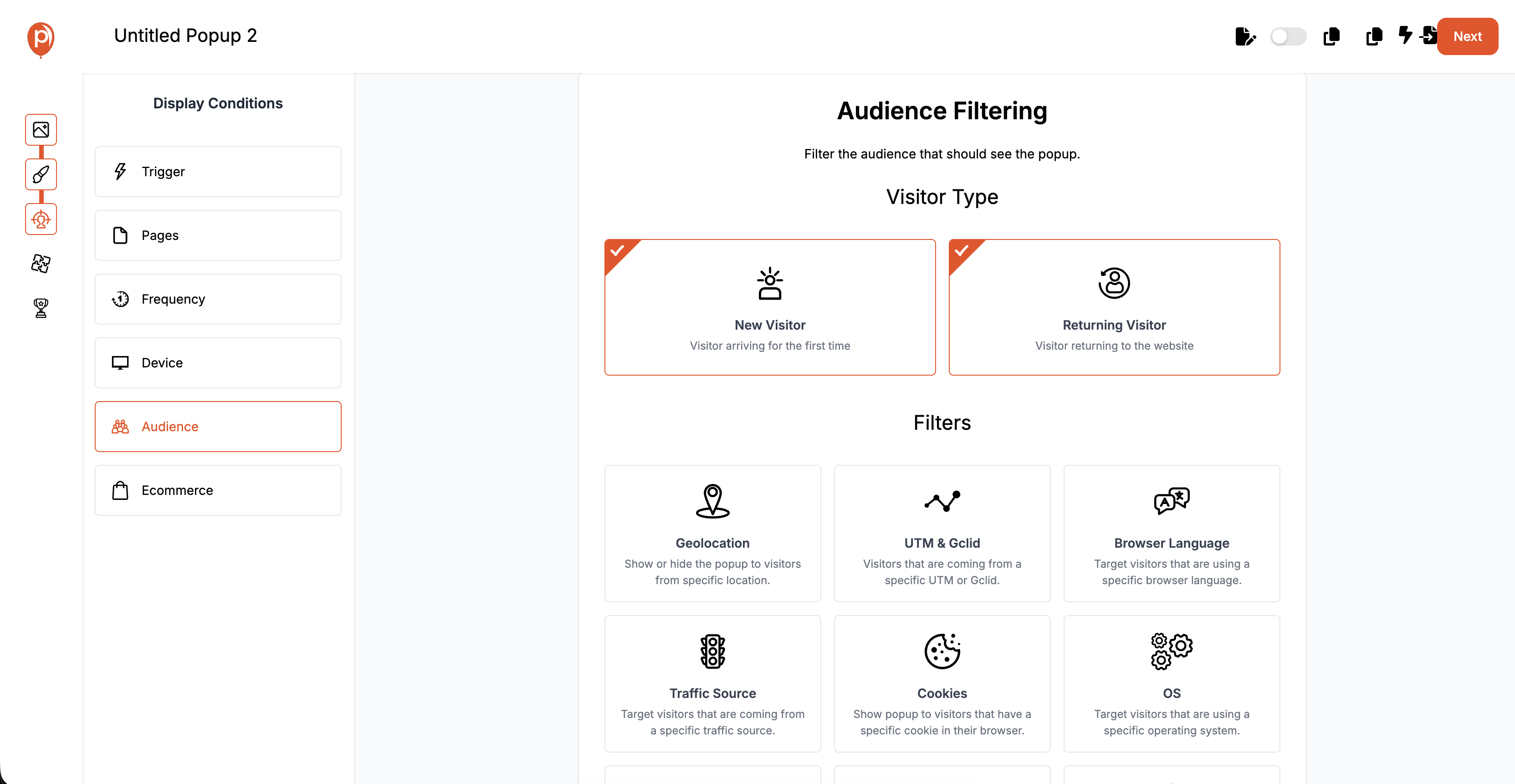
Define Your Audience: Use Poper’s audience filtering features to target specific segments of your audience. Options include:
Visitor Type: Show different popups to new visitors versus returning ones.
Geolocation: Target visitors based on their geographical location.
Device Type: Customize popups for desktop or mobile users.
Implementing and Publishing the Popup
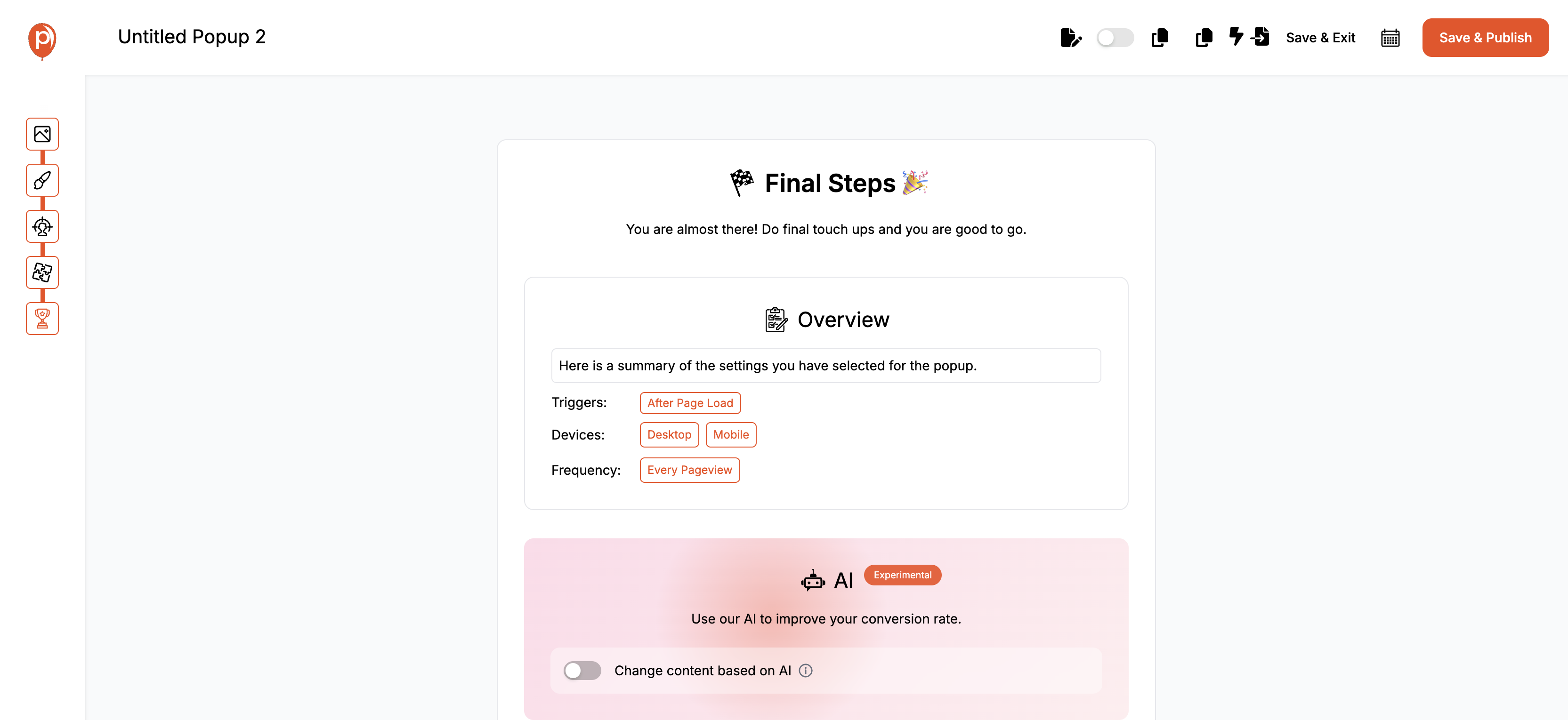
Publish Popup: Once everything is set, publish the popup to make it live on your site.
Monitoring Performance and Optimization
Track Metrics: Use Poper’s analytics dashboard to monitor key performance indicators.
A/B Testing: Continuously test different versions of your popup to see what works best.
Make Improvements: Use the data collected to make informed adjustments and optimize performance.
FAQs
What are the key elements of a successful newsletter popup?
A successful newsletter popup should have a clear and compelling headline, concise copy, a strong call-to-action, and a visually appealing design. It should also offer value, such as a discount or exclusive content, and be mobile-responsive.
What are the best practices for designing newsletter popups?
Best practices for designing newsletter popups include keeping the design simple, using clear and concise messaging, ensuring fast loading times, and complying with privacy regulations. Personalization and A/B testing are also crucial.
How do I personalize newsletter popups for better engagement?
Personalize newsletter popups by using dynamic content based on user behavior and preferences. Segment your audience and tailor the popups to different segments. Use behavioral triggers to show popups at the right moment.
What tools can I use to create effective newsletter popups?
Poper is an excellent tool for creating effective newsletter popups. It offers a range of features, including personalization, targeting, A/B testing, and analytics, making it easy to create and optimize popups for maximum impact.
Summary
Newsletter popups are powerful tools for increasing email subscriptions and enhancing your digital marketing strategy. By understanding what makes an effective newsletter popup, implementing best practices, and avoiding common mistakes, you can significantly boost your subscriber rates and improve engagement.
Poper simplifies the process of creating, personalizing, and optimizing newsletter popups, providing all the features you need to succeed. Whether you’re just getting started or looking to take your popup strategy to the next level, Poper offers the tools and insights to help you achieve your goals.
Newsletter popups, when used effectively, can be a game-changer for your email marketing efforts. They offer a direct way to connect with your audience, increase your subscriber base, and ultimately drive more conversions. By leveraging the advanced features offered by tools like Poper, you can ensure your popups are not only effective but also engaging and user-friendly.


